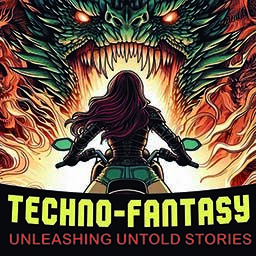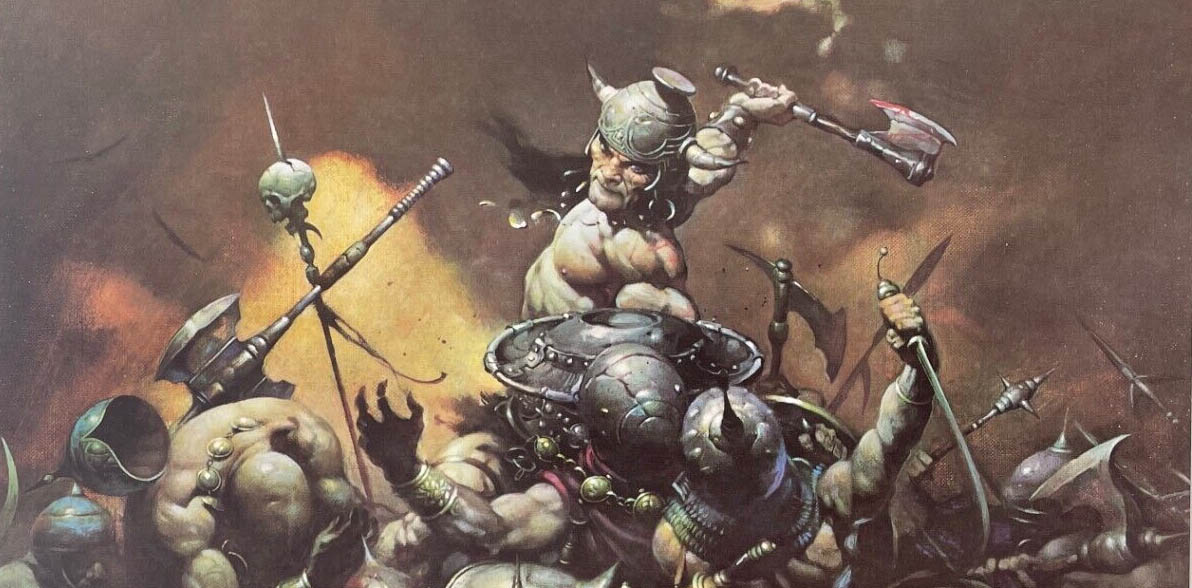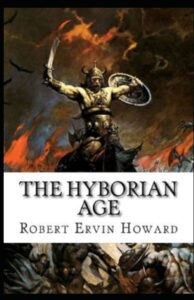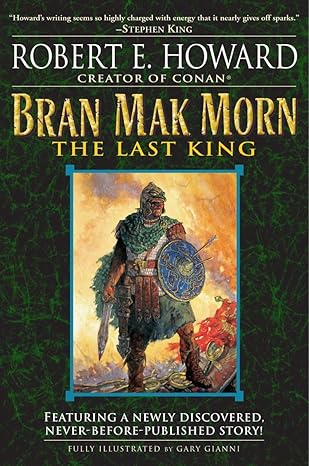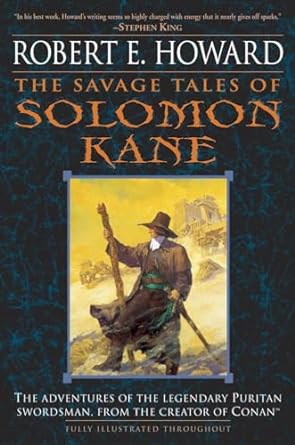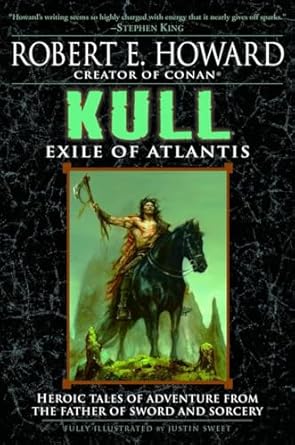“KNOW, oh prince, that between the years when the oceans drank Atlantis and the gleaming cities, and the years of the rise of the Sons of Aryas, there was an Age undreamed of, when shining kingdoms lay spread across the world like blue mantles beneath the stars—Nemedia, Ophir, Brythunia, Hyperborea, Zamora with its dark-haired women and towers of spider-haunted mystery, Zingara with its chivalry, Koth that bordered on the pastoral lands of Shem, Stygia with its shadow-guarded tombs, Hyrkania whose riders wore steel and silk and gold. But the proudest kingdom of the world was Aquilonia, reigning supreme in the dreaming west. Hither came Conan, the Cimmerian, black-haired, sullen- eyed,sword in hand, a thief, a reaver, a slayer, with gigantic melancholies and gigantic mirth, to tread the jeweled thrones of the Earth under his sandalled feet.” —The Nemedian Chronicles”
Robert E. Howard
Thus began the most impactful and entertaining comic books I have ever read in my life. My first encounter with the character Conan, the Cimmerian (indeed, not Conan the Barbarian, which was the title of his first monthly comic in Marvel Comics; the character’s creator always referred to him as Conan the Cimmerian), was in the now-defunct Marvel Comics magazine The Savage Sword of Conan, which always commenced with the above text.
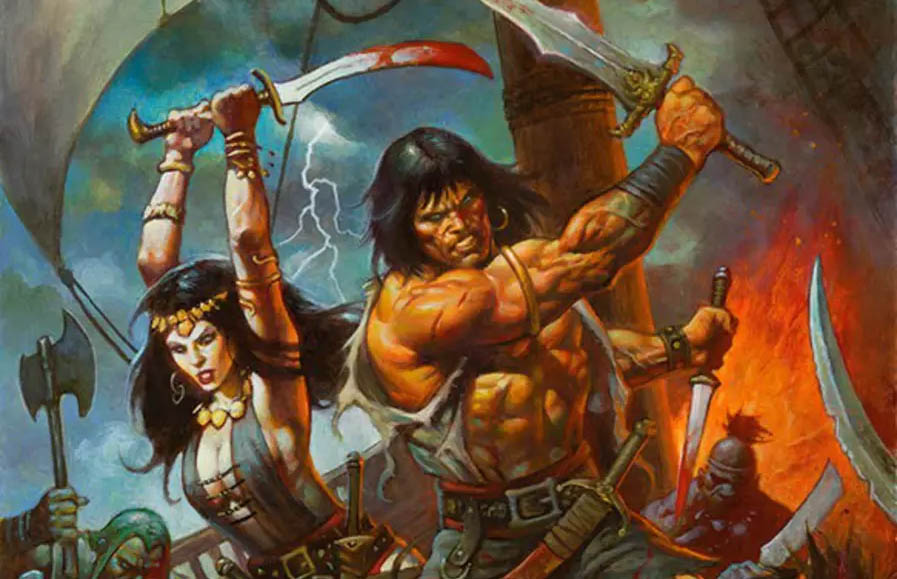
Unlike everything else I read at the time, my second favorites being the X-Men and other superheroes that came in vibrant colors with adventures that I would say were in a certain way simpler and more innocent—different from the books I was reading—Conan arrived in black and white, infused with a gray palette of adventures brimming with violence, eroticism, existential dilemmas, and an immense thirst for life.
Roy Thomas (writer), John Buscema (artist), and Alfredo Alcala (inker) brought to my teenage self the most marvelous universe ever created. I have never ceased to follow the character since then, and to my delight, the film Conan the Barbarian from 1982 was released. What a spectacle that was! Arnold Schwarzenegger was the perfect Conan on screen! My passion for the character only intensified.
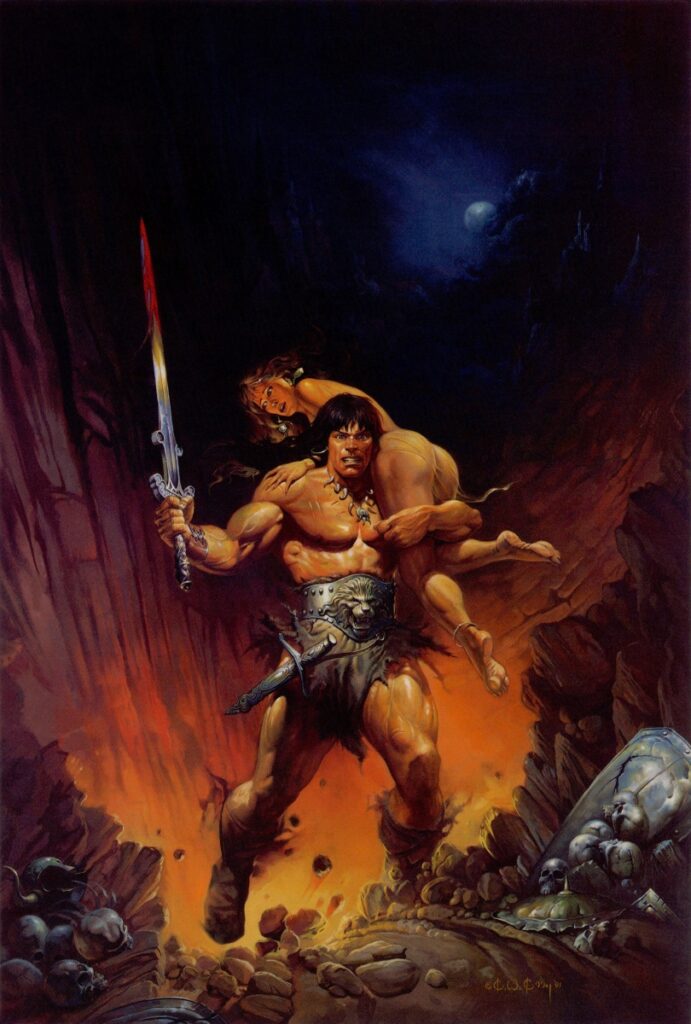
As I grew older and devoured all the fantasy literature I could find, I discovered the character’s origins in the pulp magazines of the 1930s, and my fascination only deepened. When I read the original texts by Robert E. Howard, I discovered why Conan has endured for so long and become so famous in pop culture worldwide; the author was a literary genius— as some have aptly called him, a sculptor of words.
The fantasy section of our publishing house owes much to this author. Thus, I have decided to create this series of five articles where I will endeavor to tell those who are yet unfamiliar with the magnificent story of the character Conan and his creator. For those who have already ventured into the Hyborian Age, I hope you enjoy these texts! I aim to convey some interesting and new information.
Conan and Robert Ervin Howard
A Brief Biography of Author Robert E. Howard and the Creation of the Character Conan, the Cimmerian.
Robert Ervin Howard is one of the most revered names in fantasy literature and is widely recognized as the creator of Conan, the Cimmerian, and as the father of the subgenre known as Sword and Sorcery. Born on January 22, 1906, in Peaster, Texas, Howard developed a fascination with ancient history and warrior cultures from a young age.
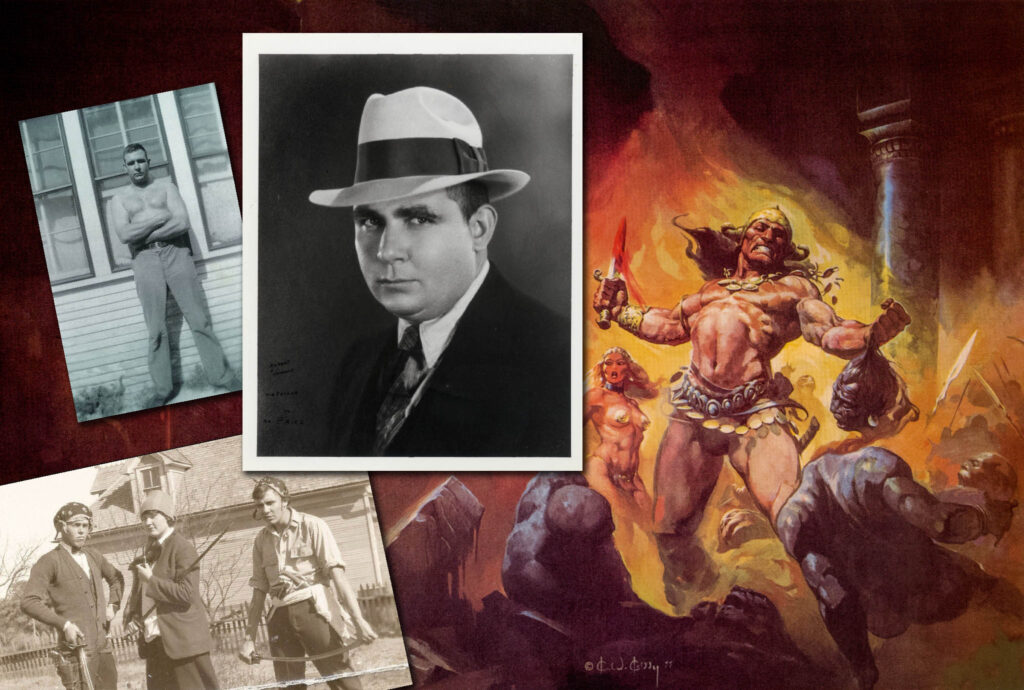
A prolific writer, he primarily worked as a short story writer and poet. Throughout his professional life, Howard flirted with various genres, particularly those associated with fantasy and fiction. The son of physician Isaac Mordecai Howard and homemaker Hester Jane Ervin Howard, both hailing from Scots-Irish families, he lived in several towns across Texas and also in western Oklahoma before finally settling in Cross Plains, Texas, in 1919.
As a child, he was studious and intellectual; however, he was also a sports enthusiast, particularly of boxing, and spent some time in late adolescence weightlifting, eventually taking up amateur boxing.
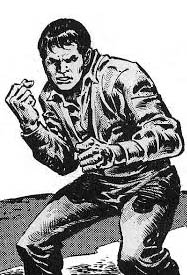
Early Career
Robert E. Howard began writing at the age of nine, inspired by the stories of Harold Lamb and Talbot Mundy published in the magazine Adventures. However, it was not until he was fifteen that he dedicated himself to writing with professional seriousness. In 1924, while studying at Howard Payne Academy in Brownwood, he had his first story published. The prehistoric fiction tale “Spear and Fang” appeared in the July 1925 issue of Weird Tales. Many of his subsequent stories were also published in Weird Tales, including “The Hyena” and “The Lost Race.” In 1926, he had the honor of seeing one of his stories grace the magazine’s cover for the first time.
Howard’s inspiration largely stemmed from the horror tales he heard from his grandmother and his elderly aunt Mary Bohannon. As a child, he often dreamed of being a barbarian battling the Roman Empire, which led him to develop a rebellious attitude towards the civilized world.
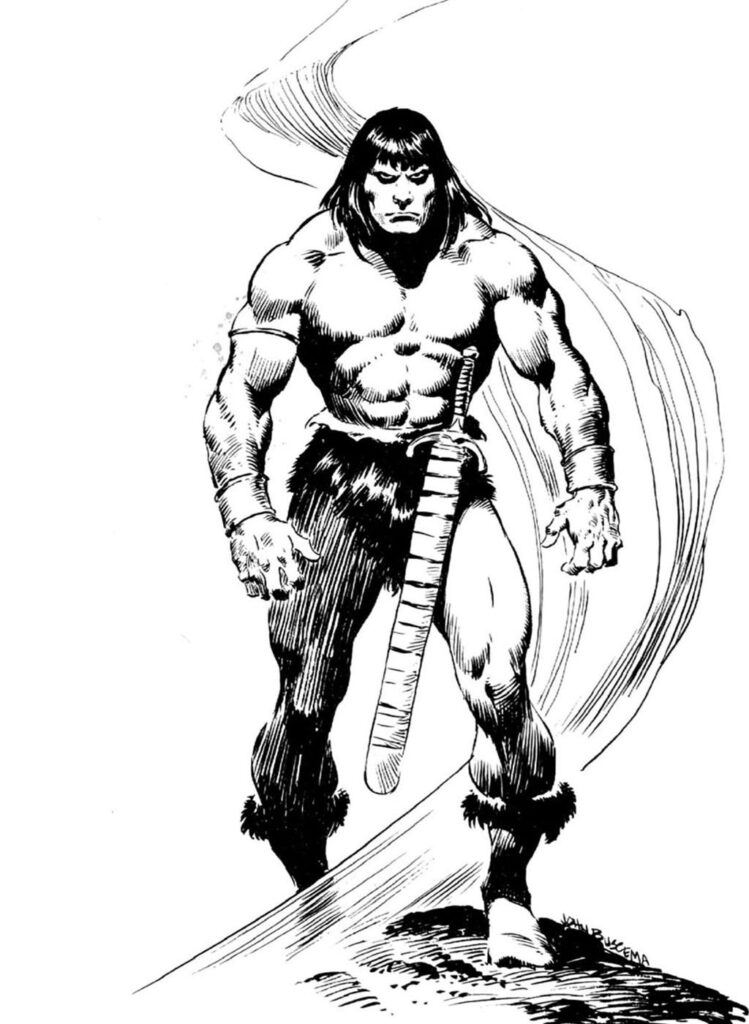
Creation of Conan
“Conan is the damnedest bastard there ever was! He’s got a long black mane of hair, and crystal blue eyes. He’s a fighter, born on the battlefield! To him, combat’s a way of life. That is all he knows and all he wants to know! He is not a soldier trained to fight; for him, fighting is instinctive. It is part of him! Like his legs, his arms, his torso, and his bull-like neck!”
A free adaptation of the words of actor Vincent D’Onofrio portraying Robert E. Howard in the film The Whole Wide World to Novalyne Price, played by actress Renée Zellweger, as he describes his character Conan to her.
It was in 1932 that he introduced his most iconic character, Conan, to the world through Weird Tales. The story “The Phoenix on the Sword” marked Conan’s first appearance and laid the groundwork for his future adventures.
Conan is depicted as a strong and fearless barbarian from the fictional land of Cimmeria. He is a complex character, possessing a blend of brute strength, cunning, and a strong personal code of honor. In a letter to his friend and love interest Novalyne Price, Howard described Conan as “a giant of strength and vitality; a man who has never been tamed, unbound by modern society, a pure product of the land and the struggles of his ancestors.”
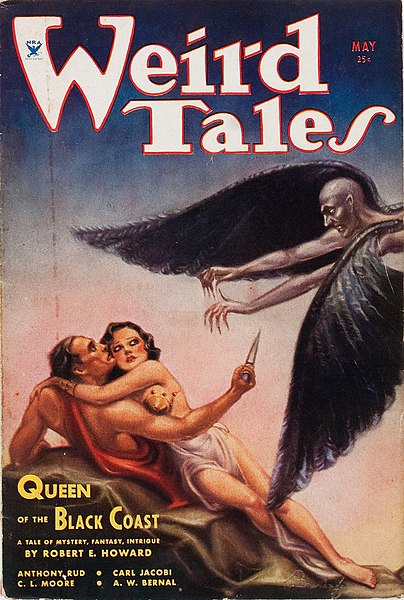
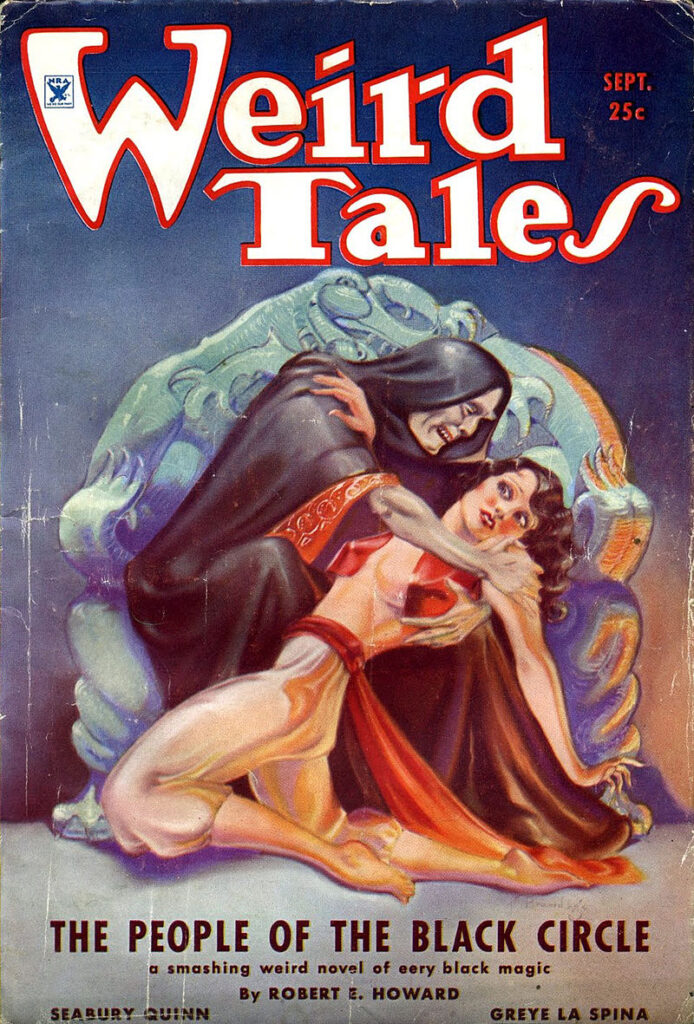
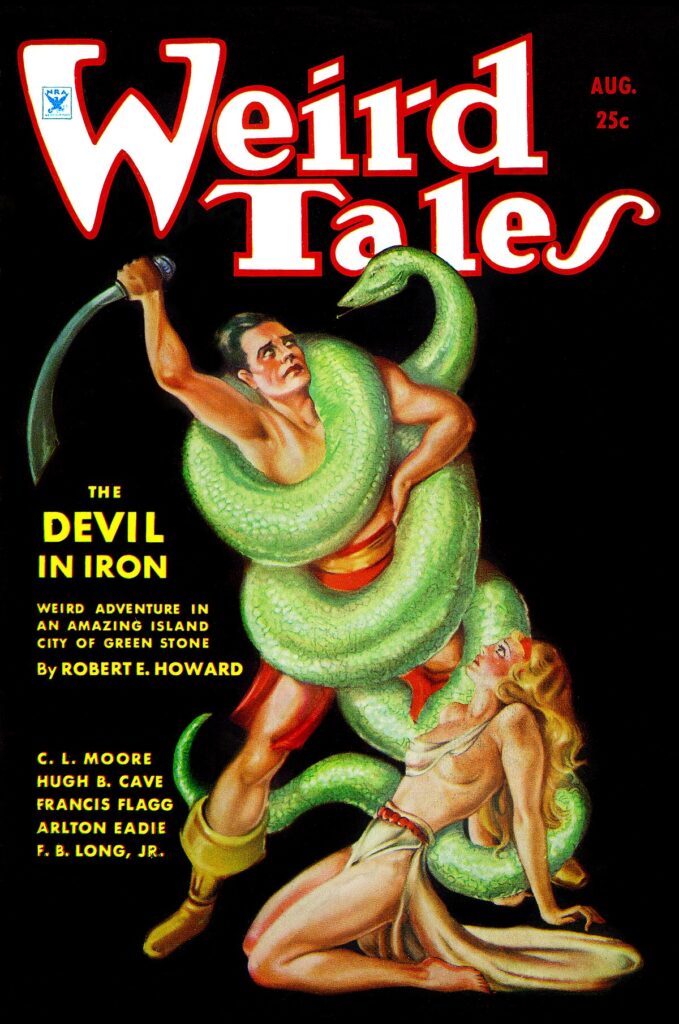
The creation of Conan was inspired by Howard’s readings on mythology, ancient history, and adventure tales, as well as his own experiences in rural Texas, where the author observed the struggle for survival in a hostile environment.
Legend has it that Robert Howard stated that the idea for the character came to him all at once while he was traveling. On a rainy night, he suddenly felt a presence compelling him to write, as if the barbarian himself were by his side recounting his adventures and almost threatening him to put those words on paper. As if he were psychographing what an ancestral and powerful spirit was telling him, he worked tirelessly for hours on end, transcribing the character’s information, his background, his era before known time, and his journey—everything that came to his mind onto the page. This statement later became a comic book tribute to the author in the pages of a magazine published by Marvel Comics in the future. Although I prefer this version of the character’s creation, I will describe in the following paragraphs how the author’s biography delineates the creation of Conan.
In early 1932, Robert E. Howard embarked on one of his frequent journeys across Texas. He traversed the southern part of the state, indulging, as he himself described, in the “wholesale consumption of tortillas, enchiladas, and cheap Spanish wine.” In Fredericksburg, while observing the hills under a misty rain, Howard conceived the fictional land of Cimmeria, a harsh and bitter region in the north, inhabited by fierce barbarians. It was during this journey that he wrote the poem “Cimmeria.”
During this journey, Howard also had the first idea for the character Conan. In 1935, in a letter to Clark Ashton Smith, he stated that Conan “simply sprang to my mind a few years ago while I was standing in a small border town along the lower Rio Grande.” However, it took nine months for the character to fully develop.
Initially, Howard used the name “Conan” for a Gaelic raider in a story about past lives, completed in October 1931 and published in the magazine Strange Tales in June 1932. Although this character swore by the god “Crom,” that was the only connection to the Conan of the Hyborian Age.
Upon returning home, Howard developed the idea, creating a new imaginary world—the Hyborian Age—and populating it with various countries, peoples, monsters, and magic. Passionate about history, Howard enjoyed writing historical tales, but the research required for purely historical settings was too time-consuming. The Hyborian Age, with its varied settings reminiscent of real places and eras from history, allowed him to write fantastic historical fiction without those limitations. He may have been inspired by Thomas Bulfinch’s “Bulfinch’s Mythology” and G. K. Chesterton’s “The Ballad of the White Horse,” which argued that “the chief value of legend is to mix the centuries while preserving the feeling.”
In March, Howard repurposed an unpublished Kull story titled “By This Axe I Rule!” to create his first Conan story. The central plot remained that of a barbarian who becomes king of a civilized country and faces a conspiracy to assassinate him. He removed a romantic subplot and added a supernatural element, renaming the story “The Phoenix on the Sword.” Howard swiftly penned two more Conan tales: “The Frost-Giant’s Daughter,” a reversal of the Greek myth of Apollo and Daphne, and “The God in the Bowl,” a murder mystery that underwent three drafts. Before the end of the month, he had submitted the first two stories to Weird Tales, followed by the third a few days later.
After completing these three stories, Howard wrote an essay titled “The Hyborian Age” to detail his setting. He produced four drafts of this essay, beginning with a two-page outline and concluding with an 8,000-word essay, complemented by two sketched maps and an additional text titled “Notes on Various Peoples of the Hyborian Age.”
In a letter dated March 10, 1932, Farnsworth Wright, editor of Weird Tales, rejected “The Frost-Giant’s Daughter” but praised “The Phoenix on the Sword” and suggested revisions. “The God in the Bowl” was also rejected. Rather than abandoning the concept of Conan, Howard rewrote “The Phoenix on the Sword” based on Wright’s feedback and included material from his essay. Both this revision and “The Tower of the Elephant,” the next Conan story, were accepted without issue. Howard wrote nine Conan stories before the first one was published.
Conan made his debut in Weird Tales in December 1932, and the success was immediate. Following his initial explosion of Conan stories, Howard took a brief hiatus from the character, returning to him in mid-1933. This interim period produced tales such as “Iron Shadows in the Moon,” in which Conan frequently rescues damsels in distress from monsters. While his earlier stories underwent three or four drafts, some from this period had only two, including the final version. “Rogues in the House” is the only Conan story completed in a single draft. Despite this, these stories sold well and included Conan’s first appearances on the cover of Weird Tales, such as “Black Colossus” and “Xuthal of the Dusk.” Howard’s motivation for quick and easy sales was influenced by the Great Depression, which caused the collapse of other publishing markets, such as Fight Stories.
During this time, Howard also wrote “Marchers of Valhalla,” the first of the James Allison stories, a Texan cripple who reminisced about his past lives. In October 1933, he mentioned in a letter to Clark Ashton Smith that his sequence “The Garden of Fear” addressed his conceptions of the Hyborian and post-Hyborian worlds.
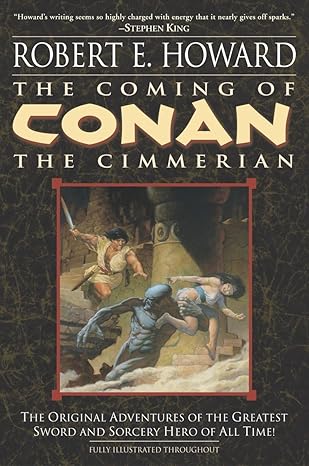
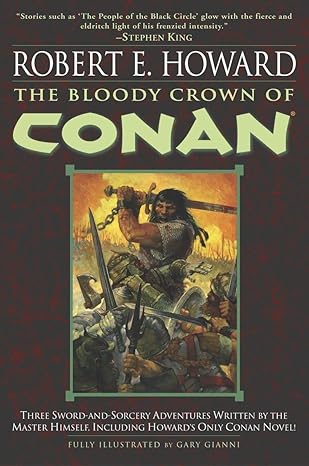
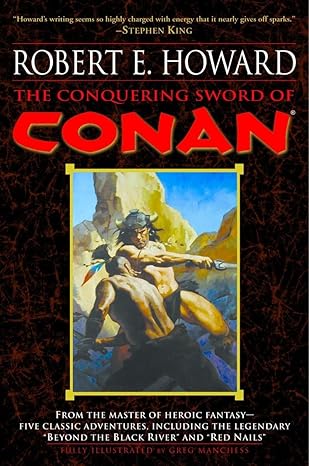
In May 1933, British editor Denis Archer contacted Howard about publishing a book in the United Kingdom. Howard sent his best stories, including “The Tower of the Elephant” and “The Scarlet Citadel.” In January 1934, the publisher rejected the collection but suggested publishing a novel, citing a prejudice against collections of short stories. They were willing to publish a novel in a first edition of 5,000 copies for lending libraries.
By the end of 1933, Howard returned to writing about Conan, starting with “The Devil in Iron.” Soon, he began a final group of Conan stories with a more intellectual impact, beginning with “The People of the Black Circle.”
Probably in February 1934, Howard started working on the novel “Almuric,” but abandoned it. His next attempt was “Drums of Tombalku,” another unfinished Conan novel. Finally, he succeeded with “The Hour of the Dragon,” which he began on March 17, 1934. This novel combines elements from earlier Conan stories with Arthurian myth and offers an overview of Conan and the Hyborian Age to British audiences. Howard submitted the final draft on May 20, 1934. Although he had little hope for the novel, he dedicated himself intensely, writing approximately 5,000 words per day for two months. However, the publisher went bankrupt before it could be published. Subsequently, “The Hour of the Dragon” was serialized in Weird Tales, starting in December 1935.
By the end of 1934, Howard began but never finished “Wolves Beyond the Border,” the first Conan tale set on the American frontier, influenced by Robert W. Chambers. He then wrote “Beyond the Black River,” which used a frontier setting and was, according to Howard, a “Conan story without sexual interest.” In this story, Conan and the other characters achieve, at best, a Pyrrhic victory—something rare in pulp magazines. Another experimental story was “The Black Stranger,” which was rejected by Weird Tales. In contrast, “The Man-Eaters of Zamboula” was easily accepted. The last Conan story written by Howard was “Red Nails,” influenced by his personal experiences and views on civilization.
Howard wrote 21 complete Conan tales, 17 of which were published during his lifetime, in addition to several unfinished fragments.
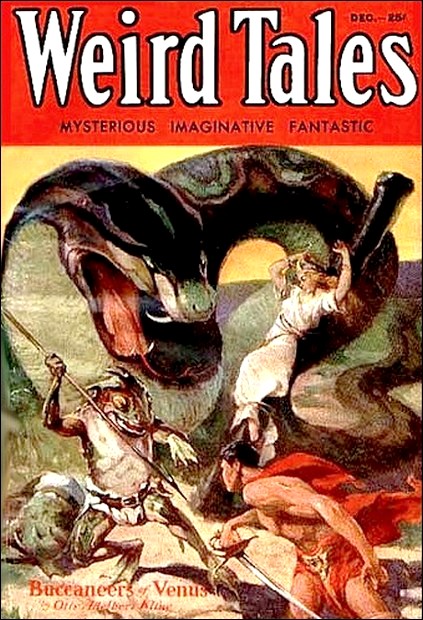
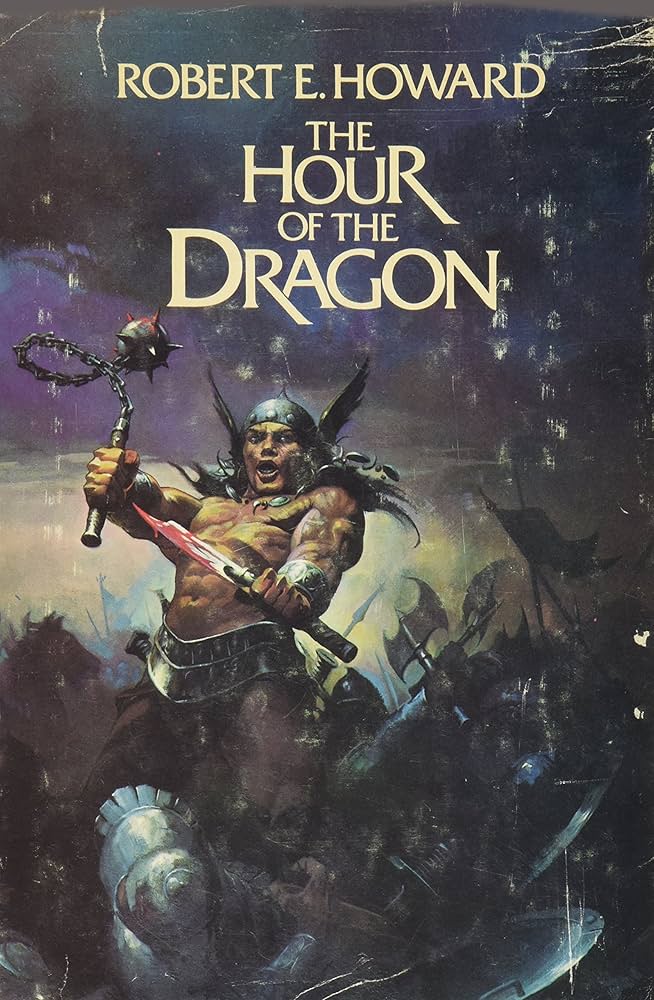
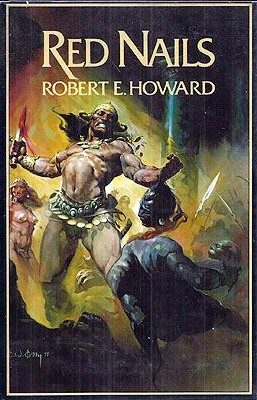
Other Important Characters by Hobert E Howard
Beyond Conan, Howard created a host of other iconic characters that have significantly contributed to his legacy in fantasy literature:
Bran Mak Morn: The last king of the Picts, a somber and tragic figure who battles the decline of his people and the Roman invasion.
Solomon Kane: A 16th-century Puritan, depicted as a grim and relentless warrior who roams the world fighting evil in all its forms.
Red Sonja: A fierce warrior inspired by historical and legendary figures, who was later adapted and popularized by Marvel Comics as Red Sonja.
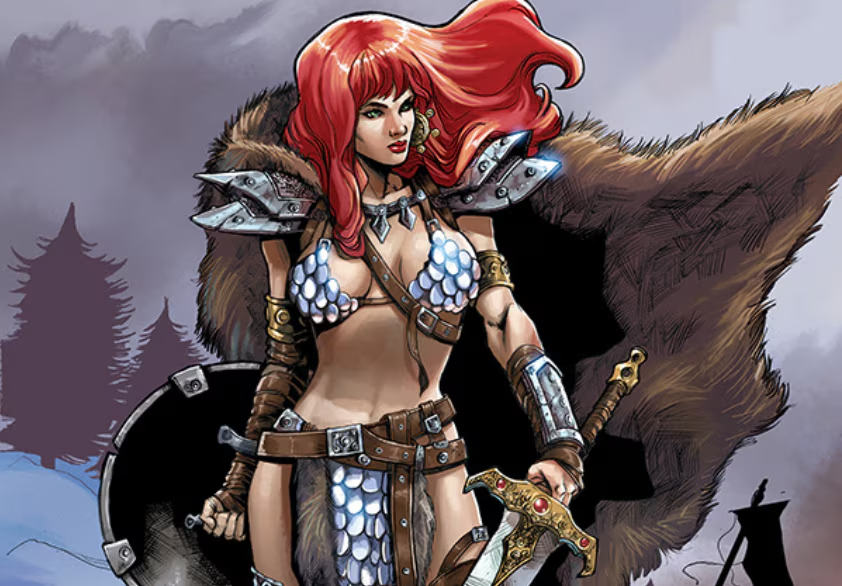
Kull: The King of Atlantis, a character who predates Conan and explores themes of power and identity in an ancient and barbaric world.
Among others.
Novalyne Price – The Unique Love
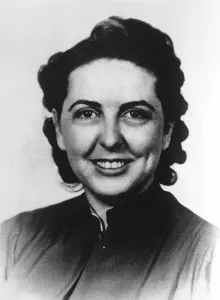
It is known that Howard had only one girlfriend in his life, Novalyne Price. Price was a former girlfriend of Tevis Clyde Smith, one of Howard’s closest friends. She had known Smith since high school, and they remained friends after their romantic relationship ended. Price met Howard in the spring of 1933, when Howard was visiting Smith after taking his mother to a clinic in Brownwood. Howard and Smith went to the Price family farm, where Smith introduced his friends to each other. Price, an aspiring writer, had already heard of Howard through Smith and was eager to meet him in person. However, he was not what she expected. She wrote in her diary about this first encounter: “This man was a writer! Him? It was unbelievable. He wasn’t dressed as I thought a writer should be dressed.” They parted ways after this visit and would not see each other again for over a year. At the end of 1934, Price secured a job as a teacher at Cross Plains High School through her cousin, who was head of the English department. When Howard began interacting with her new colleagues, she defended him against accusations of being a “freak” and “madman.” She then called his house and left a message. When this call went unreturned, she tried a few more times. Price visited Howard’s home in person after having her calls blocked by Hester Howard, Howard’s mother. After a drive around town, they arranged their first date. For much of the next two years, they dated intermittently, spending considerable time discussing writing, philosophy, history, religion, reincarnation, and more. Both considered marriage, but never at the same time. Price fell ill due to overwork in mid-1935. Her doctor, a friend of Howard’s father, advised her to end the relationship and find a job in another state. Though she agreed, she met with Howard shortly after being discharged. Howard, however, was too concerned with his mother’s health to give her the attention she desired. Their relationship did not last much longer. Not considering herself in an exclusive relationship, Price began dating one of Howard’s closest friends, Truett Vinson. Howard discovered their relationship while he and Truett were on a week-long trip together to New Mexico (the same trip that inspired much of the final Conan story, “Red Nails”). The relationship between Howard and Price was irrevocably strained, but they continued to visit each other as friends until May 1936, when Price left Cross Plains and went to Louisiana State University for graduate school. They never spoke or wrote to each other again. To improve her memory and writing, Price began recording all her daily conversations in a diary, preserving an intimate record of her time with Howard. Years later, this became invaluable when she wrote about their relationship in the book “One Who Walked Alone,” which served as the basis for the 1996 film “The Whole Wide World,” starring Vincent D’Onofrio as Howard and Renée Zellweger as Price.
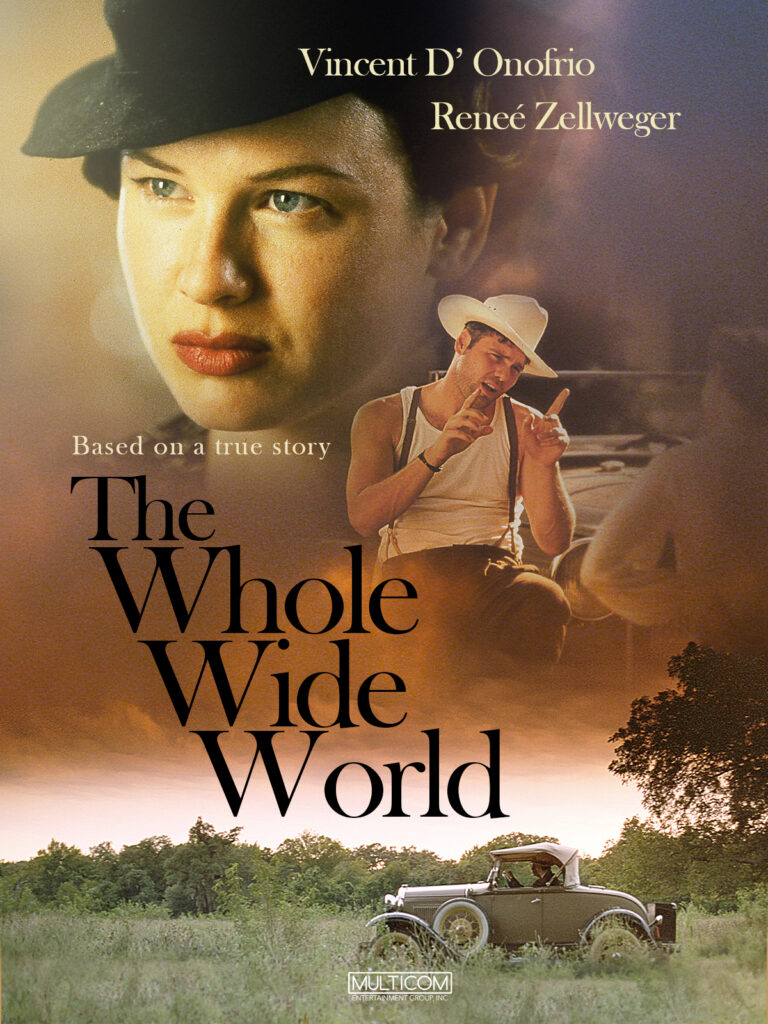
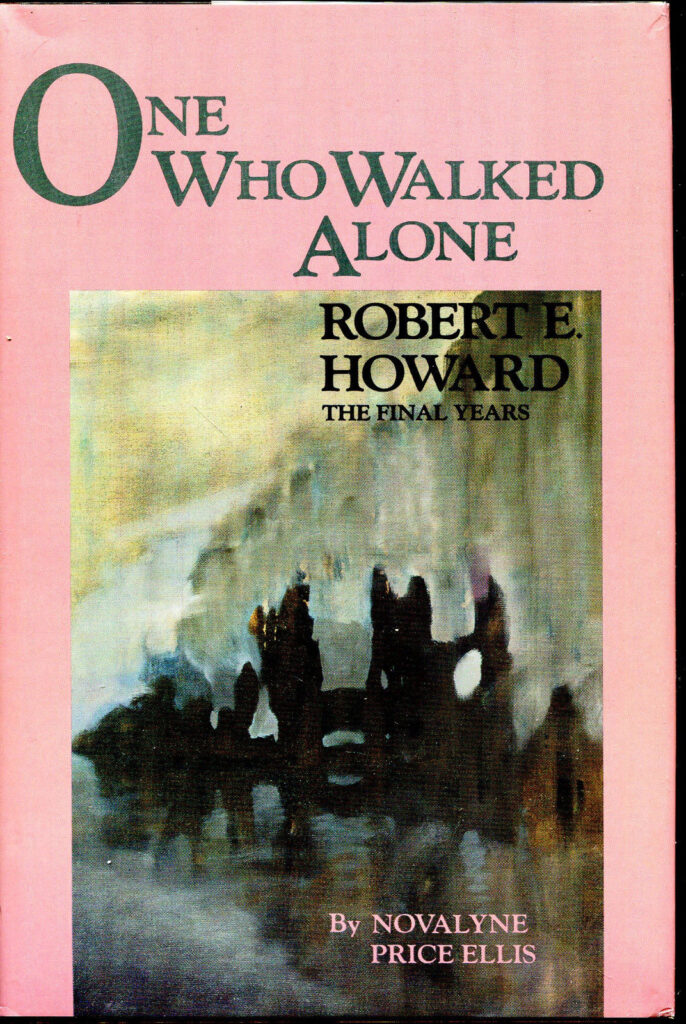
Personal Life and Challenges
Howard spent most of his life in Texas, where he felt a profound disconnect with modern society. He frequently expressed difficulty in adapting to the social norms and expectations of his time, preferring isolation and the company of his fictional characters.
During Robert E. Howard’s youth, the relationship between his parents began to deteriorate. The family faced financial difficulties, exacerbated by Isaac Howard’s investments in get-rich-quick schemes. Hester Howard, on the other hand, came to believe that she had married beneath her expectations. Soon, the two were in constant conflict. Hester did not want Isaac to interfere in raising their son and exerted a particularly strong influence on Robert’s intellectual development. She instilled in him a deep love of poetry and literature, reciting verses daily and tirelessly supporting his writing efforts.
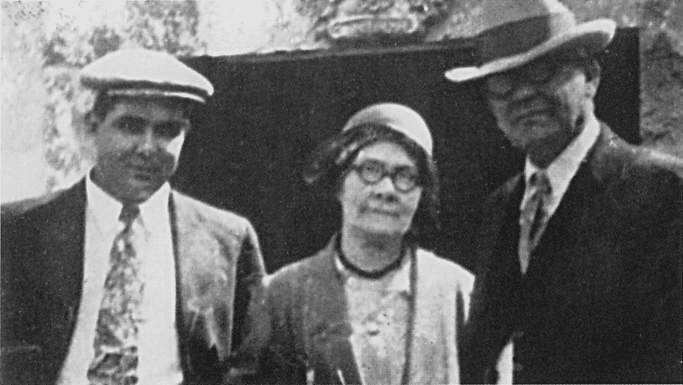
Other life experiences also influenced Howard’s prose. Though he loved reading and learning, he found school restrictive and grew to despise authority. He once declared that he did not enjoy working with others, that it would be torment for him to work in a shop, for example. He liked his work as a writer, where he was the boss and his only employee was the typewriter, which did not complain. His experiences observing and confronting bullies revealed the ubiquity of evil and enemies in the world, teaching him the value of physical strength and violence.
As the son of the local physician, Howard was frequently exposed to the effects of injuries and violence resulting from farm and oil field accidents, as well as the massive increase in crime that accompanied the Texas oil boom of his time. Firsthand stories of shootouts, lynchings, brawls, and Indian attacks shaped his worldview, which was distinctly Texan and harsh.
Despite his talent, Howard faced significant prejudice for his writing style, often considered inferior by contemporary critics. However, he found support in pulp magazines like “Weird Tales,” where he managed to publish most of his works.
Howard maintained a rich friendship and correspondence with H.P. Lovecraft, another giant of horror and fantasy literature. This exchange of letters lasted for years and included philosophical debates, creative idea exchanges, and discussions of their respective worldviews. Lovecraft encouraged other writers to use his ideas and creative constructs in their works, and Conan’s stories contain several references to the Cthulhu mythos. The correspondence between these two authors suggests that the Hyborian Age might be set within the Cthulhu universe.
Despite the challenges, Howard achieved significant success as a writer during his lifetime, especially in pulp magazines. His stories were popular among readers, and he managed to make a living from his writing—something unusual for a speculative fiction author of the time.

Howard had a very close relationship with his mother, who suffered from tuberculosis and was his greatest supporter in his literary career. He cared for her for many years, and her impending death had a devastating impact on him. In June 1936, upon learning that his mother was in an irreversible coma, Howard settled all his affairs, even purchasing a mausoleum for his family, wrote a final text, got into his car, prayed, and shot himself. Despite being rushed to the hospital by his father, he died hours later, on June 11, 1936, at the age of 30. His mother passed away shortly after.
Legacy
Howard wrote about Conan until his untimely death, as this character had become his most beloved and successful creation. Despite his short life, he was immensely prolific and left a lasting legacy. Conan became one of the most influential characters in literature overall, a hallmark of the sword and sorcery genre, influencing generations of writers and being adapted into various media.
Robert Ervin Howard’s contribution to literature goes beyond Conan, with his other characters and stories continuing to inspire and entertain readers worldwide. His life and work are a testament to the power of imagination and storytelling, transcending time and cultural barriers.
Enjoyed this article? Stay tuned for the upcoming parts of this five-article series on one of Robert E. Howard’s most iconic characters and a legend in the world of fantasy fiction.
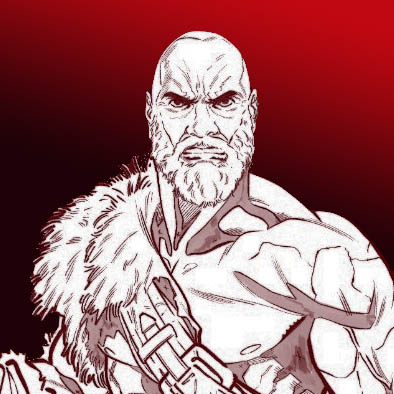
Article by Victor X
Victor Schmidt’s lifelong passions for literature and sports led him to discover his true love in superhero comics. Driven by an unyielding pursuit of the perfect story, Victor channels his energy into delivering insightful and valuable content to the comic book community while continuously refining his craft as a writer. In addition to his writing, he serves as an editor and creative reviewer, ensuring that every piece he touches is polished, impactful, and resonates with readers.
Affiliates disclaimer
Some of the links in this article may be affiliate links, which means we may receive a small commission, at no additional cost to you, if you decide to make a purchase through one of our recommended partners. We only recommend products we trust and believe will be beneficial to our readers. This help support our efforts in bringing you valuable content and making indie comics. Thank you for your support!
